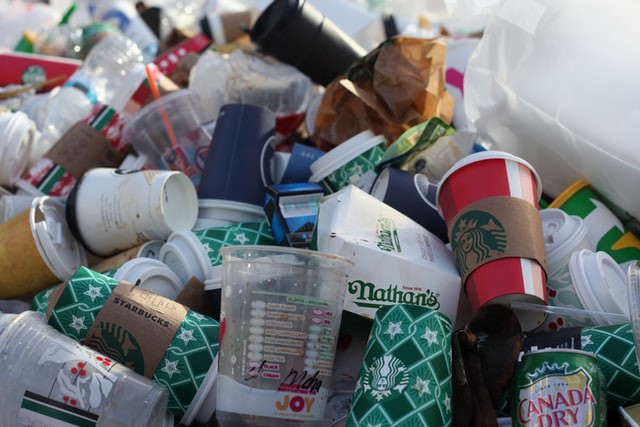In 2022, PFAS legislation is on the docket in more than half of the country. New laws regarding PFAS and other toxic chemicals could go a long way in reducing exposure, enforcing cleanup, and allowable limits.
10 states are looking at sweep regulation to reduce or eliminate the use of PFAS in-home products like carpets and furnishings. These regulations may also require disclosure to consumers that their products contain PFAS or other toxic chemicals.
Legislation at the state level reflects shortcomings and half-promises at the federal level to offer guidance or regulation on harmful chemicals. While several bills have been passed in the House of Representatives, nationwide regulations have stalled in the Senate.
At least 32 states have roughly 210 bills that at least include, if not target, toxic or harmful materials. Many of these bills are focused on protecting consumers from unnecessary exposure to PFAS, though a small amount of these bills includes more specific legislation against chemicals like cadmium, mercury, and phthalates.
Specific products containing PFAS are also included in the bills. Some of the most common uses or products include:
· Cosmetics
· Firefighting foams
· Textiles
· Furniture
· Food packaging like microwave popcorn and fast-food wrappers
Retailers Are Ahead of Legislators
Even state lawmakers are behind some of the largest retailers in the US when it comes to removing PFAS from products. McDonald’s, Whole Foods, and 16 other retailers have all committed to using PFAS-free food packaging. Others, like Lowe’s and Ride Aid, have also promised to remove any products containing PFAS on their store shelves as quickly as is feasible.
To effectively combat PFAS and limit environmental exposure to harmful chemicals in consumer products, we need a concerted effort from the private and public sectors to take action.
Learn more at SaferStates.org.
Stage Legislators Take Aim at PFAS in 2022 was originally published in Less Cancer Journal on Medium, where people are continuing the conversation by highlighting and responding to this story.


Leave A Comment
You must be logged in to post a comment.